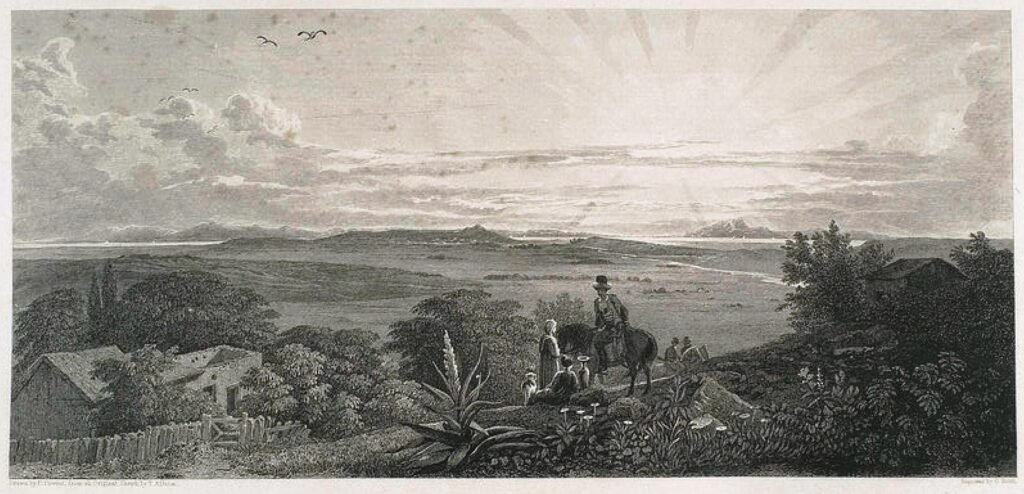PART A: FROM THE MEDIEVAL τιμεσ TO THE ENLIGHTENMENT (7TH – 19TH CENTURY)
oblivion, travelers, antiquities, stone hauling
The gradual abandonment of the great capital of Elis occurred in late antiquity with the assistance of natural disasters and the raids of various barbarian tribes and was completed at the beginning of the 7th century AD.
The traces of Elis are lost over the next several centuries.
During the Turkish occupation, few ruins remain standing while the once prosperous city has been buried and turned into arable land by the residents of the neighboring villages of Paleopoli and Kalyvia.

burial of ancient remains
Most of the remains of the ancient city were covered by floods of the Pinios River, but some Roman buildings remained visible.
desolation – depopulation
The ancient city was not chosen for new habitation, except for residents of two small villages on the outskirts of the city.
reuse of building materials
The reliques were used as building material due to the lack of quarries in the area.
quest of ancient treasures
The fertile land revealed fragments of the past, encouraging the search for “treasures”.
Turkish rule and antiquities hunting
During the Ottoman occupation, the search for ancient objects intensified, and many finds, ended up in bazaars and private collections in Europe.
European renaissance and interest in Greece
Europe showed a keen interest in ancient Greek heritage, resulting in many finds ending up in antique shops and private collections.

